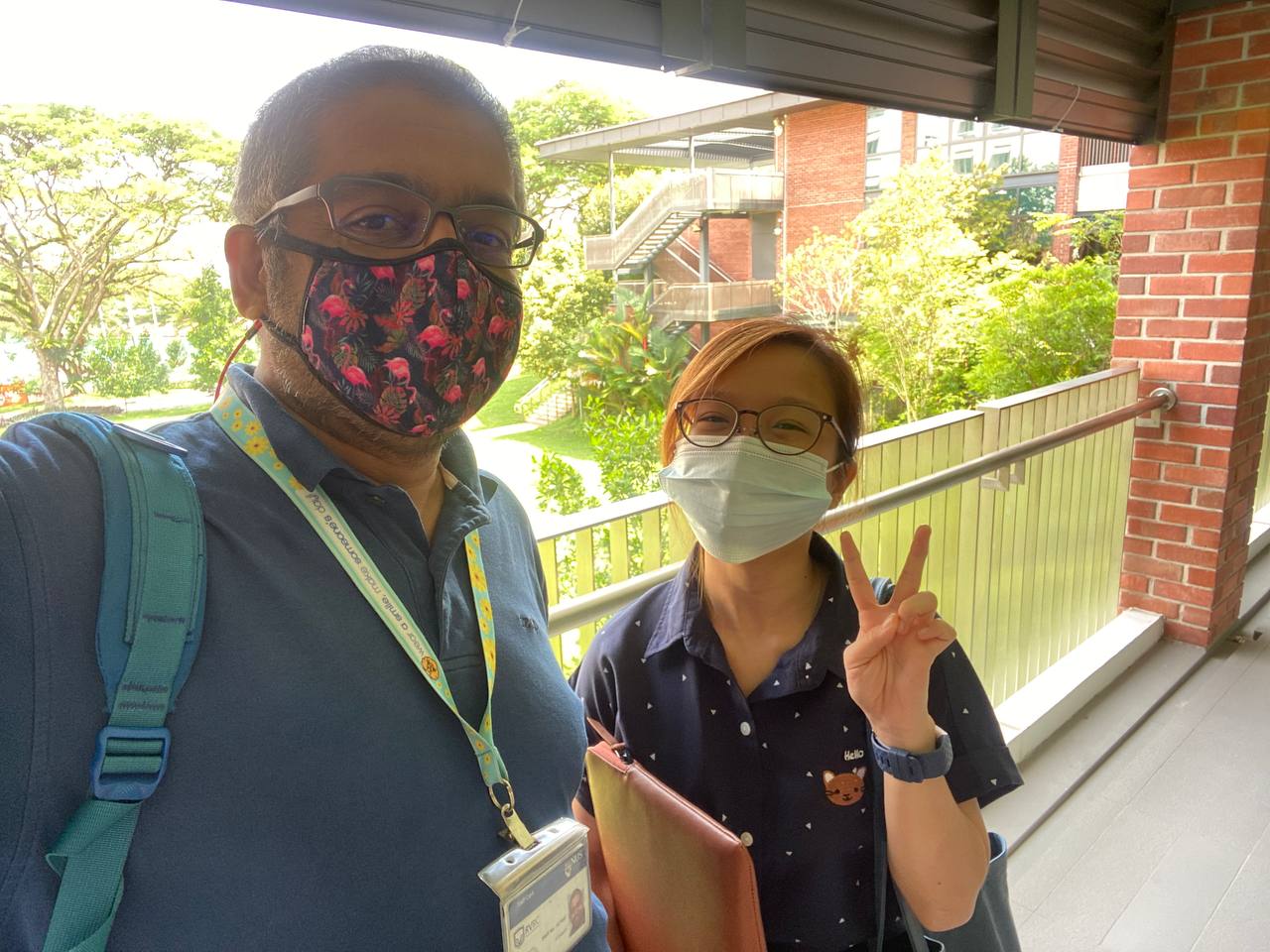Becoming an otter spotter
September 1, 2022

A quick look in the news and you will find that smooth-coated otters and their interactions with humans in Singapore have been in the spotlight recently. While the otters, with their distinctive squeaks, are generally welcome on the island, increased conflict with humans, such as the infamous biting case in Singapore Botanic Gardens in late 2021, have sparked debate and worry over the place that otters have in Singapore society.
Inspired by Department of Biological Sciences Senior Lecturer, Mr SIVASOTHI’s idea to study otter-to-human and human-to-otter behaviours across different otter families and environments, as well as her own passion for nature and wildlife, Rachel ONG, a Year 2 Environmental Studies Major and Geographical Information Systems Minor, conducted a study that sought to identify and categorise the levels of interactions from low to high at “encounter zones”. These “encounter zones” were interaction sites where human spaces overlapped with areas where an otter family resides.
“I was interested to give wildlife a say in the issue,” explained Rachel. This interdisciplinary study, part of her Undergraduate Research Opportunities Programme in Environmental Studies (UROPES), integrated environmental factors such as the nature of the environments with ethical factors through the different types of human responses towards otters.

Focusing on three otter families – the Zouk family, the Bishan family and the Pasir Ris-Changi family, an ethogram documenting five categories of 13 human-to-otter behaviour and six categories of 13 otter-to-human behaviour was developed, along with the number of interactions observed at each encounter zone.
Six out of 11 sites along the Singapore River and Alexandra Canal were categorised as high interaction sites for the Zouk family, while two high interaction sites for the Bishan family were identified along the Kallang River Basin. On the far-eastern side of Singapore, two lower interaction sites were identified for the Pasir Ris-Changi family.
Through the ethogram, the study noted “agonistic behaviours such as defensiveness by the otters”. Such behaviours were highlighted as learning points - early warning signs for humans to know when to discontinue any interaction with the otters.

Not only did the research allow Rachel to better understand the condition of human-otter interactions, she got a closer look at the work that community volunteers and fellow researchers do.
“The otter watchers protected the otters while they were crossing roads, ensuring that the public did not get too close to, or injure the otters,” said Rachel. She also had the opportunity to meet other research students who guided her to find the otters and shared trends and findings from a similar project.
The UROPES experience also developed Rachel personally as she learnt the value of soft skills such as interpersonal skills and perseverance. She has “grown to become a better scientific communicator”, with sharper thought processes and presentation skills.

